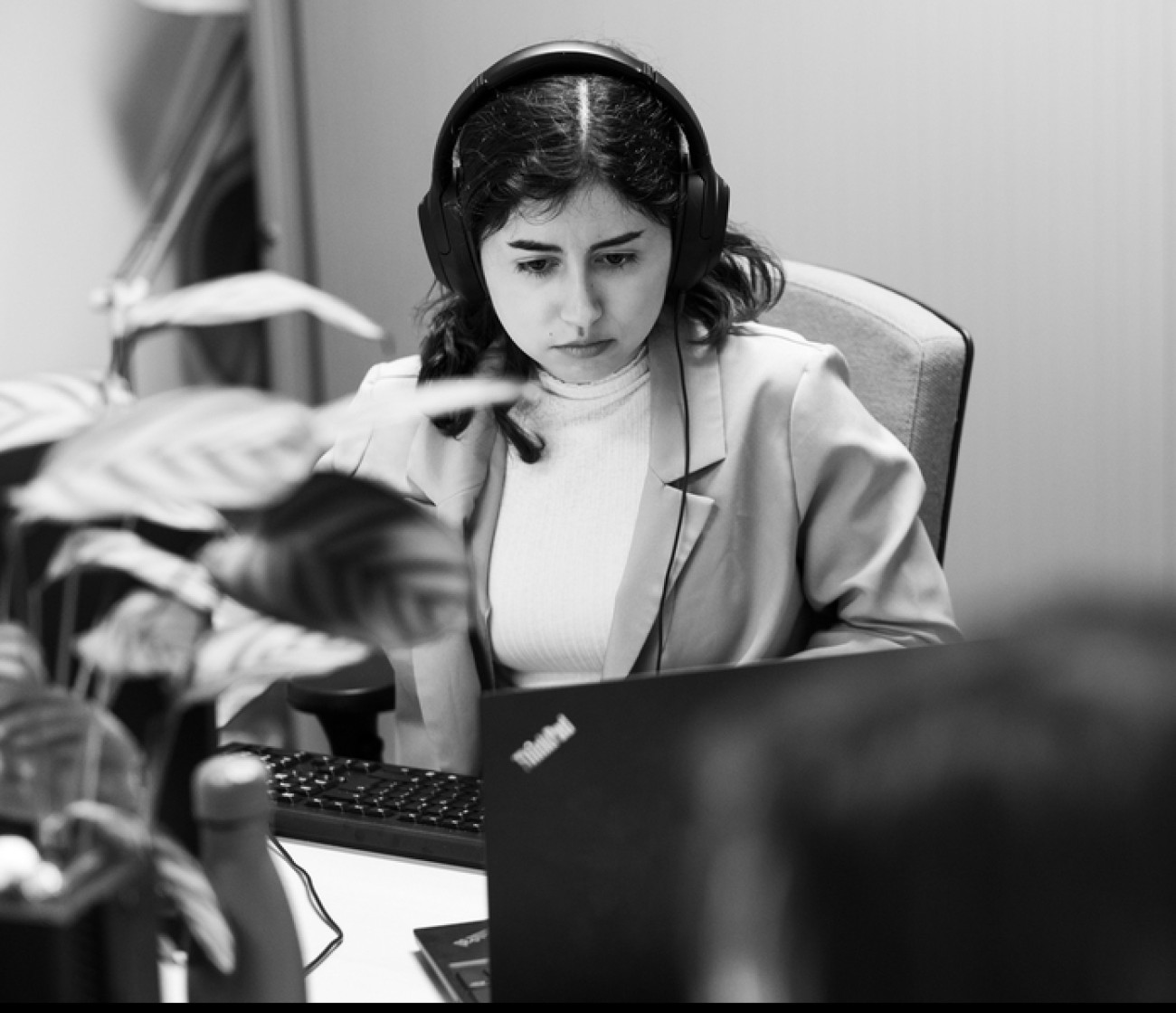As a researcher, you are used to writing about your research. This mostly involves writing for journals or your fellow researchers. But what if you want your work to reach a wider audience? For example, if you want to tell the world about an important discovery you have made? Or to show that your research funding is being put to good use? If that’s your goal, you need to connect with a wider audience. And that means taking up the challenge of science communication. A summary aimed at a wider audience – known in the world of research as a lay summary – is a great way to achieve this.
In a lay summary, you give a brief description of your research so that a broad range of interested readers can understand what you have been working on and why it is relevant. And that’s not as easy as it sounds.
Here are some useful tips on how to write a clear and accessible account of your research. Follow the steps below, and before you know it, you will have a rough draft on paper.
Step 1: Get a clear idea of your readers
Who are you writing for? One thing is certain: they are not the people who read the scientific articles you write. It’s crucial to make your message as concrete as possible. Imagine you are at a party and someone asks you to explain all that complicated stuff you do at the lab. Or talking to your family and explaining the importance of your research. What do your friends or neighbours stand to gain from the results of your work?
Doing this helps you to decide what is relevant, what you should write about. Remember: the focus here is less on your method and more on your findings and their wider impact on society. Your reader also determines how you write all this down: the kind of language you use, how you deal with jargon.
Step 2: Identify your main message
Scientific texts often follow a set format, starting with the method and working through the various stages of the study to reach the conclusion. For a wider audience, you need to turn that approach around: what does your reader really need to know? What social issues can your data or your study help solve? What is your advice to policy-makers or members of the public, for example? Start your summary with these key sentences. Don’t leave them until the end of the text. Once you have those opening sentences down, you can go on to explain the background and how you arrived at your conclusion.
Step 3: Make effective use of headings
Make sure that each paragraph focuses on a single topic, and make that topic clear by giving each paragraph a short and informative heading: a kind of headline that gets to the heart of what you are saying. That way, your reader can see at a glance what your text is about. Your main title should capture the essence of your research and get your readers interested.
Step 4: The comprehensibility check
Read the draft version of your text. Have you written active sentences or are there a lot of passive constructions? Try to keep things as active as possible; this will improve the readability of your text. Use appealing examples to get your message across, concrete details that grab and hold your reader’s attention.
Extra tip: Ask a colleague or friend who is not familiar with the subject matter to read your text. Then get them to tell you in their own words what the text says. You can use their words to edit your own text in terms that are easier for a general reader to understand. Did your friend or colleague have trouble reproducing your message? This could mean that you have not written it down clearly enough. Ask that person (or someone else) to underline any words they don’t know the meaning of. This can help you find alternatives that are easier to understand or decide whether to add an explanation or two.
Are you or your research group ready to get started with science communication?
Take a look at our training course Taalcentrum-VU | Scientific storytelling.


.png)

